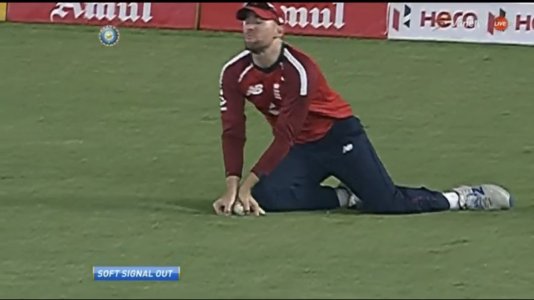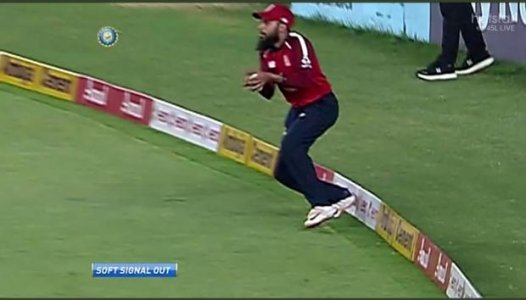dildilpak
Local Club Captain
- Joined
- Feb 21, 2015
- Runs
- 2,471
Ok, this follows through from another thread about excessive bouncers allowed by umpires but in general is a commentary on umpiring, especially now that advanced cameras/technology are easily available. Is it time to do away with those archiac umpiring rules like ‘Umpire’s call’, ‘Soft signal’ or bouncers? Another case in point, is the interpretation of ‘offering a shot’ in LBWs by the umpire. Just like no-balls are now decided by third umpires, why not completely use technology to take away that interpretive element which often seem not to be fair or consistent.
Somehow, i feel that the rule makers of the game (is it still the MCC?) are reactive instead of being proactive & also slow to react to change & technology. There is no excuse why we need the on-field umpires to adjudicate everything, if technology can do that better.
Somehow, i feel that the rule makers of the game (is it still the MCC?) are reactive instead of being proactive & also slow to react to change & technology. There is no excuse why we need the on-field umpires to adjudicate everything, if technology can do that better.








